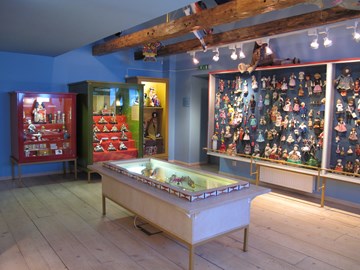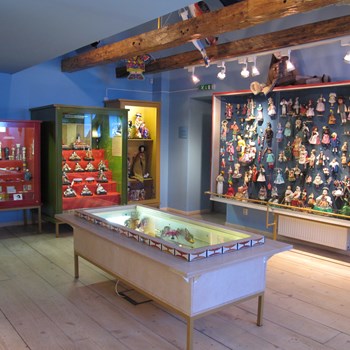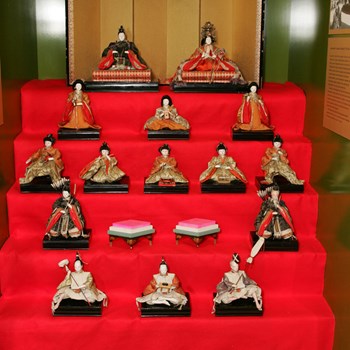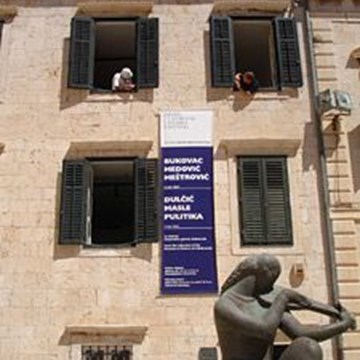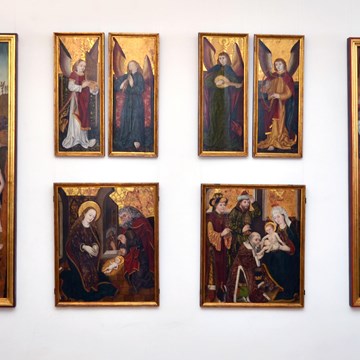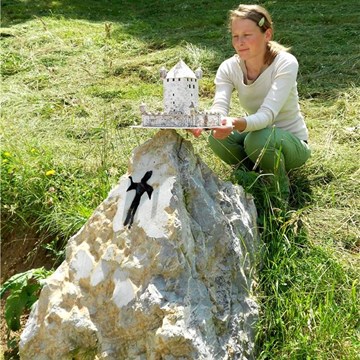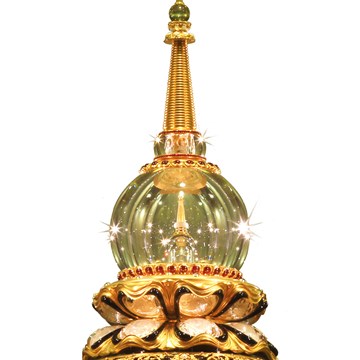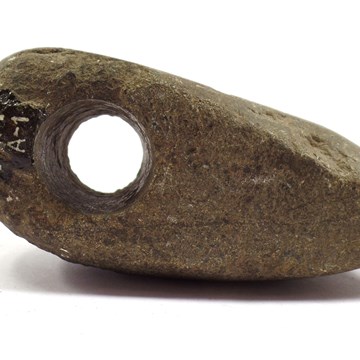The Toy Museum has a collection of about 700 items, containing national dolls and toys of other peoples. This collection had been founded even before the Museum was opened in 1994, with the international women’s club Zonta giving the planned Toy Museum more than fifty dolls in national clothing from different countries.
With time, the collection has increased considerably, with dolls and toys arriving from each corner of the world: Europe, America, Asia, Australia and Africa. These are mostly souvenir dolls dressed in national clothing, but also original ritual dolls, such as several dolls from Africa, katchinas of the Hopi and Zuni Indians and the Hinamatsuri dolls of Japanese girls. In addition to individual dolls, the Museum has received whole collections, the largest of them being the Latin American doll collection of Mai Väljas and dolls of various peoples collected and donated by Estonians abroad – Roswitha Kima Smale, Boris Kull and Niina Lepiksaar.
The Museum also has traditional folk dolls and toys of the Finno-Ugric peoples – Mari, Mordva, Ostyak (Hanti), Vogul (Mansi), Finnish, Lappish (Saami) and others, many of these items made by the current generation of children on the basis of recollections and instructions provided by their grandparents.
Along with dolls in national clothing from other countries, the collection contains a retrospective display of dolls clad in the Estonian national attire, from small mixed-material dolls made in the 1930’s to the motley souvenir dolls sold to tourists in Estonia nowadays, the tiny cultural envoys of our country throughout the whole wide world.
The Toy Museum has a collection of about 700 items, containing national dolls and toys of other peoples. This collection had been founded even before the Museum was opened in 1994, with the international women’s club Zonta giving the planned Toy Museum more than fifty dolls in national clothing from different countries. With time, the collection has increased considerably, with dolls and toys arriving from each corner of the world: Europe, America, Asia, Australia and Africa. These are mostly...
Read more